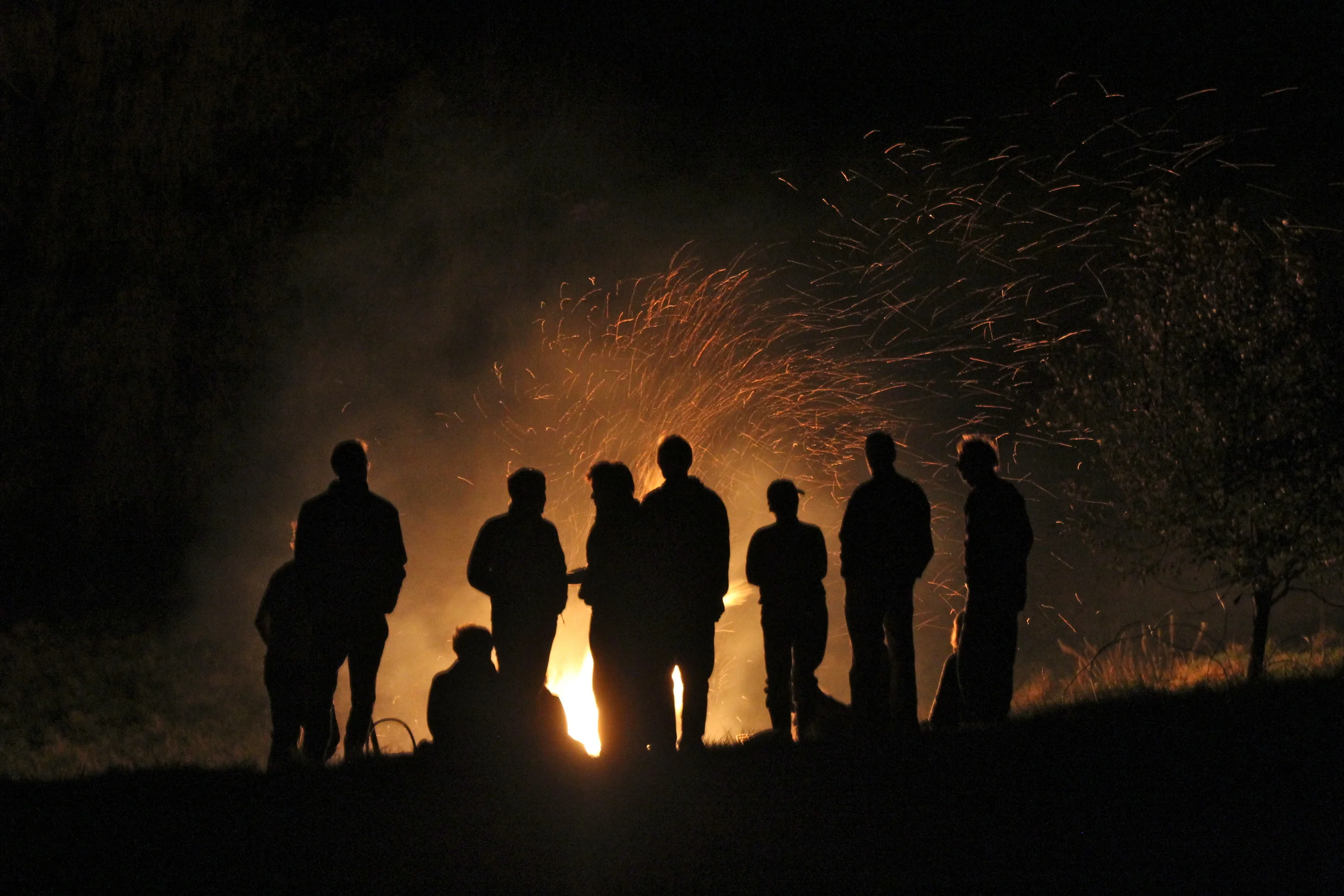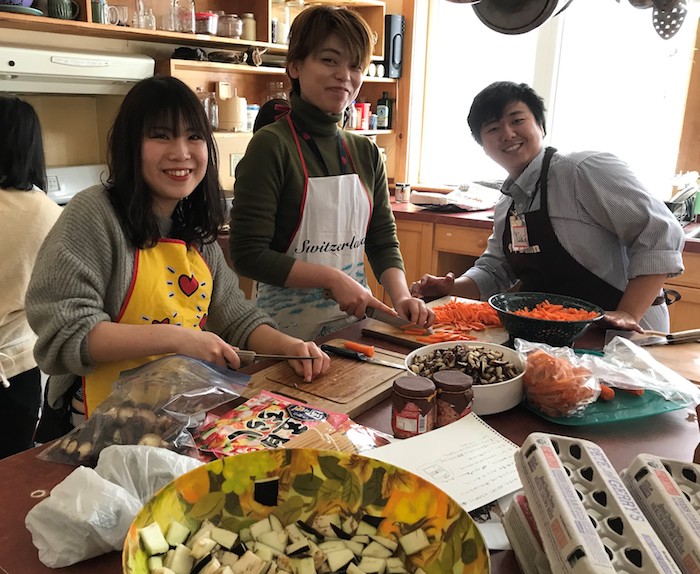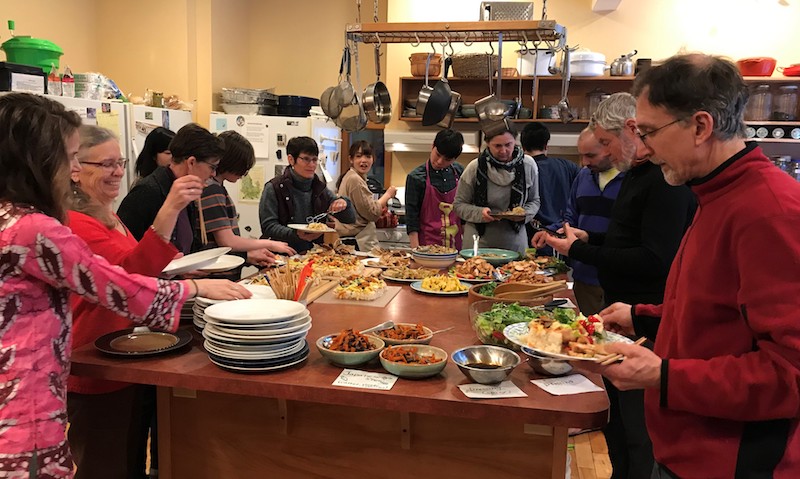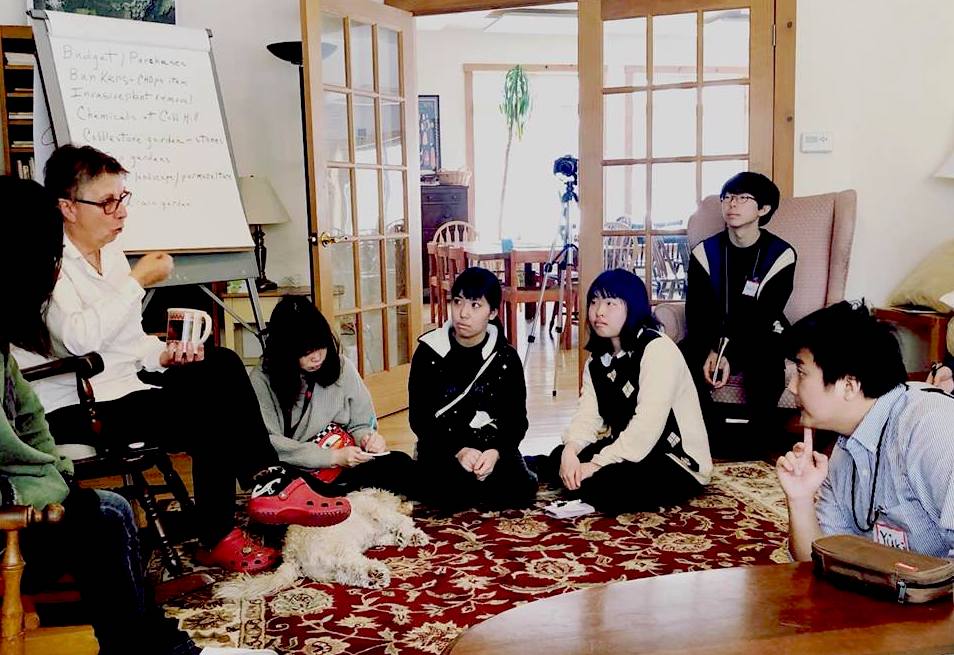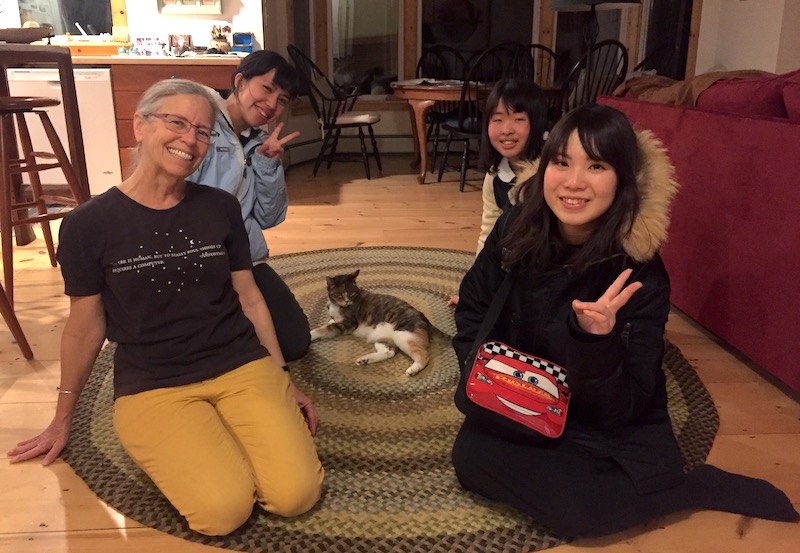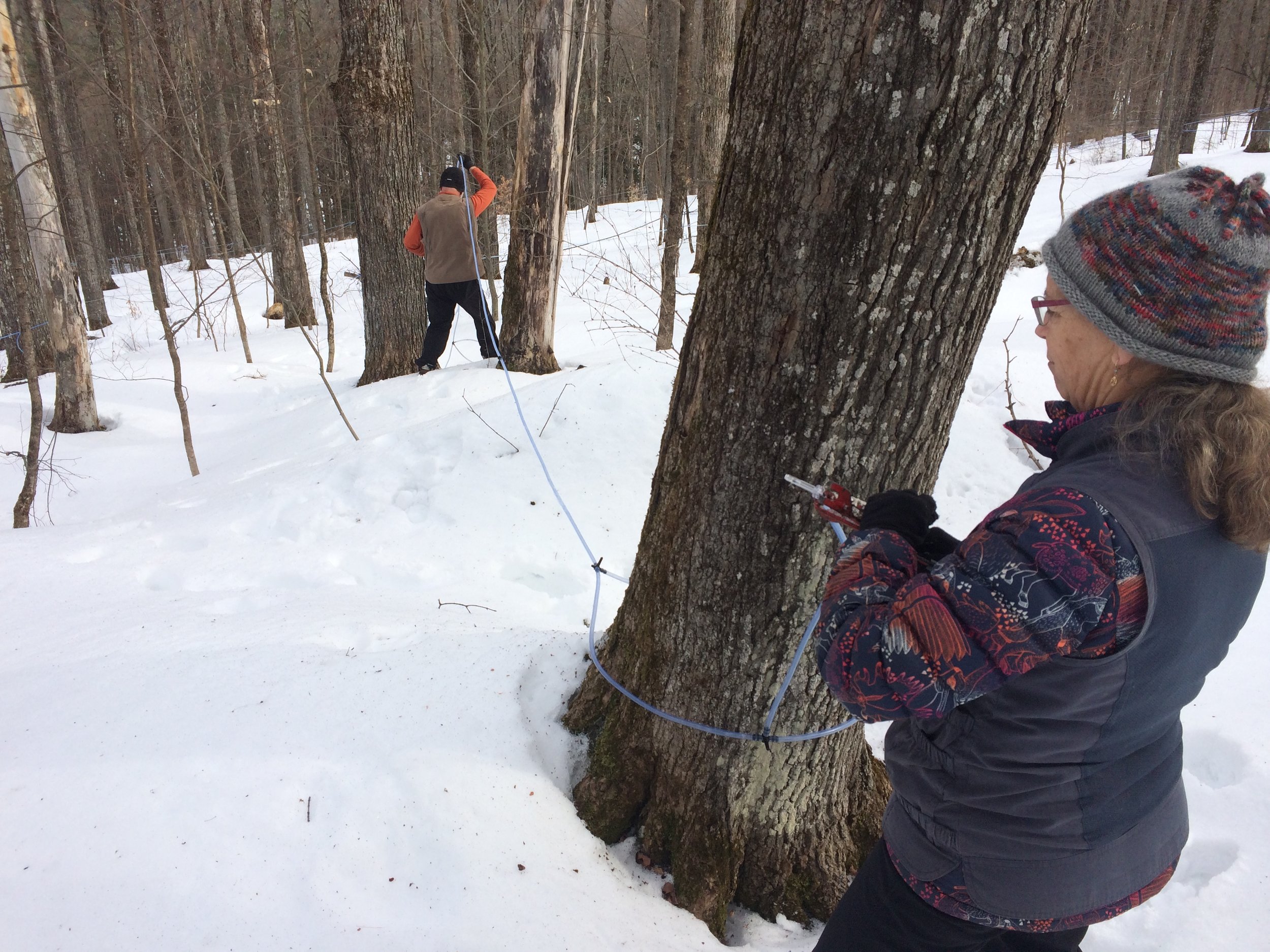Extinction Rebellion Upper Valley
/HEADING FOR EXTINCTION?---AND WHAT TO DO ABOUT IT
Facing Abrupt Climate Change
by Stephen Leslie
These may be the best of times or the worst of times---in the end it doesn’t matter---what we know for certain is this is our time and we have to make the best of it. Let’s start out by taking a deep breath and being grateful for the miraculous fact that we are alive at all.
And then we must cut to the chase: We are facing the greatest existential threat in all of human history.
In every great religious and spiritual tradition of the world one of the principle ways the awakened person develops a sustained capacity for living in the present moment is by encountering the certainty of their own death. Regardless of whatever beliefs or experiences the practitioner may have regarding life after death, the facing of one’s own demise brings clarity like none other to the mind.
For the first time since our early ancestors climbed down out of the trees and ventured onto the savannah one million years ago, we as an entire species are having to face the imminent possibility of our own extinction.
This may drive a lot of people to act insane. We have the gravest reasons to be concerned. Drought, fire, flood, heat waves, super storms and rising seas---all point to the collapse of agriculture which means the collapse of global civilization. Food and water shortages seem inevitable. Famine breeds war.
But this moment is also without doubt an unprecedented opportunity for the human race to make a collective leap of consciousness into self-realization of our oneness with the living planet. Abrupt climate change, as its name attests, is now upon us. This is driving an accelerated cultural evolution. More and more people are waking up and grasping our predicament.
We can create an ecologically regenerative civilization.
Youth are rising up.
A school girl from Sweden is speaking truth to power with a tongue as true and on fire as Joan of Arc.
Youth in America are proposing a Green New Deal.
Peaceful warriors, first in England, and now all over the world, are carrying forward the Extinction Rebellion.
Veteran climate and environmental activists such as 350.org and Indigenous Environmental Network are welcoming this surge of newcomers to their ranks.
These people stand on the shoulders of all the lovers poets prophets dreamers and rebels who have come before.
Here in Vermont we are hoping to form a broad coalition of climate, environmental, and peace and justice advocates in order to inform the general public and to press our political leaders to put the climate emergency foremost on the legislative agenda. This is an issue that cuts across divides of politics, race, class, gender, and species. Abrupt climate change is already affecting every living being on our beautiful planet. And while many of us have been involved in protest and advocacy groups for years and have already taken steps to reduce our own carbon footprint, the cascading effects of a warming atmosphere are outpacing the predictions of climate scientists. We need decisive action now. In order to save the planet this action must happen on a planetary scale. We need a non-violent uprising of citizens to demand that our political leaders tell the truth about climate change, declare a climate emergency, and immediately undertake a rapid transition to renewable energy and regenerative agriculture. Our children and grandchildren are depending on us. This may be our last best chance to save earth.
In the interest of public health and safety we demand that our government tell the truth about abrupt climate change and loss of wildlife.
We ask news media outlets to do the same.
We demand that our government take action now to cut this nation’s carbon output to net zero by 2025.
Engineers and scientists worldwide assure us that it can be done. They say all we lack is political will.
Our democratic institutions are failing us.
We demand the formation of Citizens Assembles to help set goals and oversee implementation of transition policy.
If we succeed, fossil fuel corporations and governments in the highest carbon emitting countries should be held accountable in international court for crimes against humanity and ecocide. Reparations must be made to all frontline and indigenous populations and also used for habitat restoration----universal base income, education and healthcare provided to all those in the global south who are hardest hit and often reduced to such desperate measures as cutting down the remaining tropical forests, grazing livestock on marginal lands, or over fishing dwindling ocean stocks, etc. simply to survive.
It seems we have arrived at a threshold where it is increasingly clear that the only way to save ourselves from the most disastrous effects of accelerated abrupt climate change is to undertake systemic structural change at the most macro-levels of society---energy policy, transportation, agriculture, etc. I don't think for a moment this discounts all the work that we and so many others around the world have been doing in the places where we live to try and re-localize and regenerate community connection and food production. It just adds an enormous "and" to the equation, as in, we must rapidly transform our society to net zero carbon emissions as quickly as possible. There is a growing consensus among both leading social thinkers and climate scientists that this change will only be possible if it is driven from the outside---in other words, a massive social movement of citizen activists rising up on a planetary scale.
Learn more, get involved:
